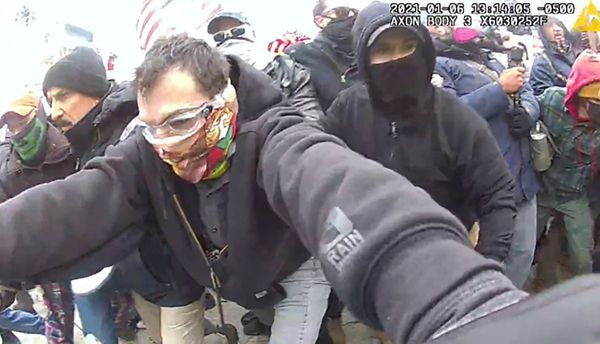
Ukraine's military successfully thwarted a significant Russian drone attack, with images revealing drone debris near Ukraine's parliament. The Air Force reported downing 58 of the 67 Russian drones aimed at various cities, including Kiev. Simultaneously, reports surfaced of Iran transferring short-range ballistic missiles to Russia, escalating tensions.
The drone assault spanned 11 Ukrainian regions, with most drones intercepted. The missile attacks, coupled with potential Iranian missile technology transfer to Russia, raised concerns. While Iran has not confirmed the transfer, the move signifies a substantial military collaboration between the two nations.
The UK's MI6 chief and the CIA director highlighted the gravity of such missile transfers, emphasizing the potential escalation in defense partnerships. Ukrainian officials expressed apprehension over the reports and cautioned against providing military technology to Russia.



Ukraine emphasized the urgent need for enhanced air defense systems from the U.S. and allies to safeguard critical infrastructure. They also sought fewer restrictions on long-distance weapons like ATAKMS surface-to-surface missiles received from the U.S.
Additionally, videos emerged showcasing dragon drones spewing fire and dropping molten metal on Russian-held positions in Kharkiv. Referred to as flamethrower or Perun's fire drones, they instill fear in Russian units. These drones deploy thermite, a highly incendiary substance burning at extreme temperatures, posing a severe threat to personnel and weaponry.
The ongoing air campaign, marked by air raid sirens in central Ukraine, underscores the evolving battlefield strategies and the intensity of the conflict.







